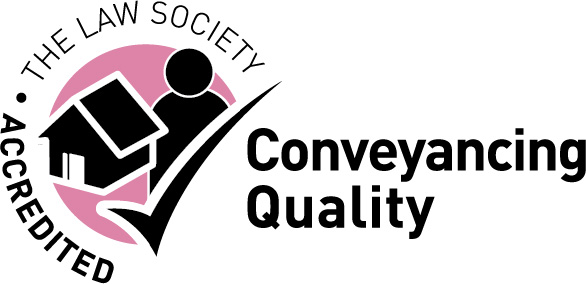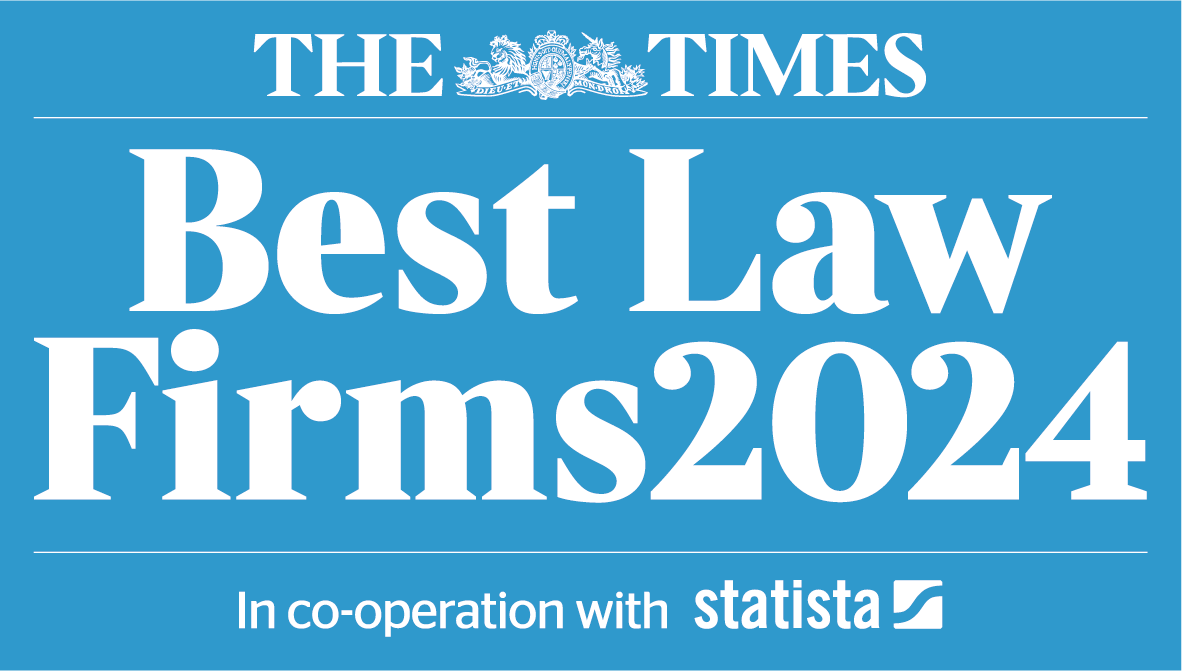Updated guidance on the Coronavirus Job Retention Scheme
20 April 2020

Since our last update the Government has made several revisions to the guidance regarding the Coronavirus Job Retention Scheme (the CJRS) and the Treasury has issued a Direction setting out the legal framework for the CJRS. Links to the Direction and the full guidance documents can be found in our 'Useful Links for Employers' article. However, we have set out below the key points.
- The CJRS has been extended and will come to an end on 30 June 2020, unless further extensions are made.
- HMRC's online portal should be available today along with a furlough pay calculator and a portal which will allow employees and members of the public to report suspicions of fraud.
- In a change to the CJRS that should bring many more workers within its remit, employers can claim under the CJRS for employees that were on their PAYE payroll on or before 19 March 2020.
- The Direction states that the employer and employee must agree in writing for the employee to cease all work in relation to their employment (i.e. to be placed on furlough). This is a material change from earlier and indeed the current guidance and there is inconsistency on this point and further clarification is needed. However, we believe the Direction will take precedence over guidance.
- Furloughed employees are not allowed to generate revenue, provide services or work for their employer or any linked, associated or connected organisations. The Direction provides further detail as to whether a person/organisation is connected to an employer.
- When a TUPE transfer takes place after 19 March 2020, the 'new employer' is able to claim under the CJRS for any furloughed staff employed by the transferring business at the time of the transfer. This applies even if the new employer does not have payroll set up as at 19 March 2020.
- Uncertainty remains around the interaction between sickness absence and eligibility for furlough leave, and it is not clear whether an employee who is off sick can be furloughed. The updated guidance has clarified that the CJRS is not intended for short-term absences from work due to sickness and reminds readers that there is a 3 week minimum furlough period. The guidance does not define 'short-term' sickness. The guidance goes on to state that if employers want to furlough employees for business reasons, and some of these employees are currently off sick, they may do so.However, the Direction appears to be inconsistent with the guidance as it says that once an employer instructs an employee that they are furloughed, this instruction does not take effect until the Statutory Sick Pay (SSP) period for the employee has ended (which could therefore be a period of up to 28 weeks).
- In a new development, the guidance clarifies what happens if an employee who has already been furloughed becomes sick. Employees must be paid at least SSP, but it is up to an employer to either move sick furloughed employees onto SSP, or keep them on furlough. There seems to be little incentive to move employees onto SSP as employers will have to pay SSP themselves (with limited scope for reimbursement) and any contractual sick pay that may be due. If they keep employees on furlough, they will remain eligible to claim for costs under the CJRS. As stated above, the Direction casts doubt on this position.
- The Direction makes it clear that employers cannot claim for statutory payments (e.g. sick pay and family related pay) from the CJRS.
- For employees returning from family friendly statutory leave, sick pay or unpaid leave, the Direction now confirms that furlough pay should be calculated based on their normal salary rather than the amount they received whilst on statutory leave.
- The guidance around shielding employees remains the same – employees who are shielding in line with public health guidance can be furloughed. However, wording that suggested that employers could only do so where the alternative was to make them redundant has been removed. This suggests there is no requirement that they would have to be otherwise made redundant in order to be eligible for furlough.
- The guidance now confirms that holiday can be taken during furlough and it should be paid at full pay. Bank holidays can be treated as holiday where the employee would usually take these as part of their holiday entitlement unless the employer provides a day's holiday in lieu. If the employee would usually work on a bank holiday, this can be included in the calculation of furlough pay.
- The Direction provides details about how salary should be calculated for both fixed rate employees and those on variable pay. The definition of fixed rate employees is quite narrow and is likely to only include salaried employees who are not entitled to any further payments. When calculating pay for the purposes of the CJRS employers cannot claim for any non-monetary benefits provided to employees such as taxable benefits in kind. Employers are also not able to claim for benefits provided through salary sacrifice schemes but HMRC has designated COVID-19 as a 'life event' which could warrant changes to salary sacrifice arrangements.
- The guidance confirms that employers must pay employees the full amount that they receive from HMRC in the form of money. Employers cannot use it to fund benefits or enter into any transaction with employees which reduces their wages below the sum claimed.
This update is of a general nature and is not a substitute for professional advice. Guidance will be subject to change as the situation continues to develop and you should ensure that you keep up to date with latest advice from the government. No responsibility can be accepted for the consequences of any action taken or refrained from as a result of the content of this note.



